Discover Croatia Sparkling Wines
31st March 2022
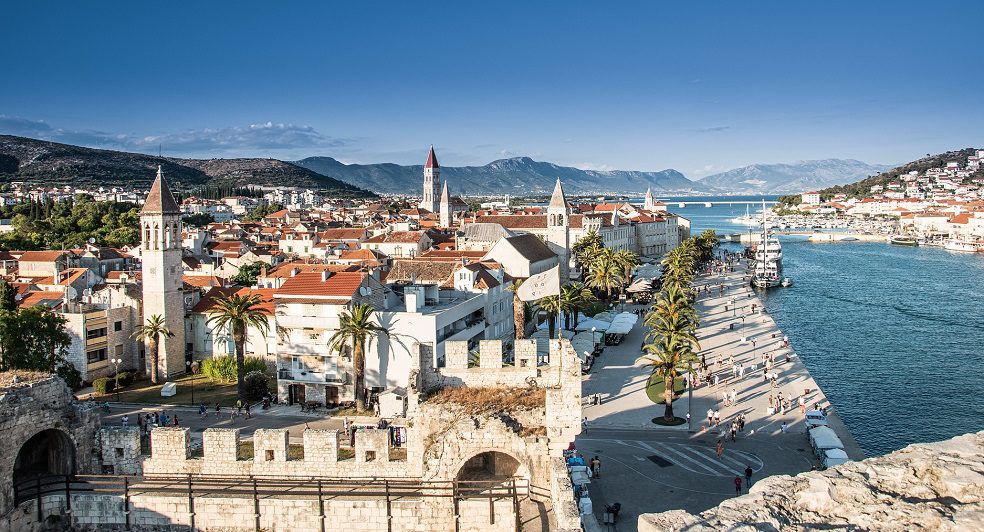
Making wine is nothing new to the Croatians, they’ve been doing so for over 2,500 years, going all the way back to when the Ancient Greeks lived in Croatia.
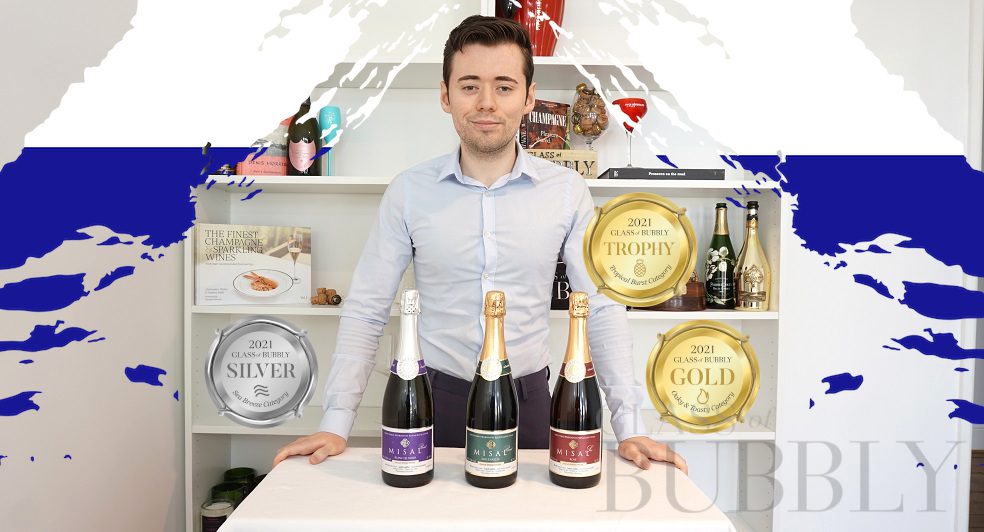
It was during the 5th Century BC thanks to the Ancient Greeks that a reputation of high-quality wines were being produced on the Dalmatian Islands, (which are Islands of the coast of Croatia, owned by Croatia), this in part prompted the Romans to start exporting Croatian Wines across their empire.
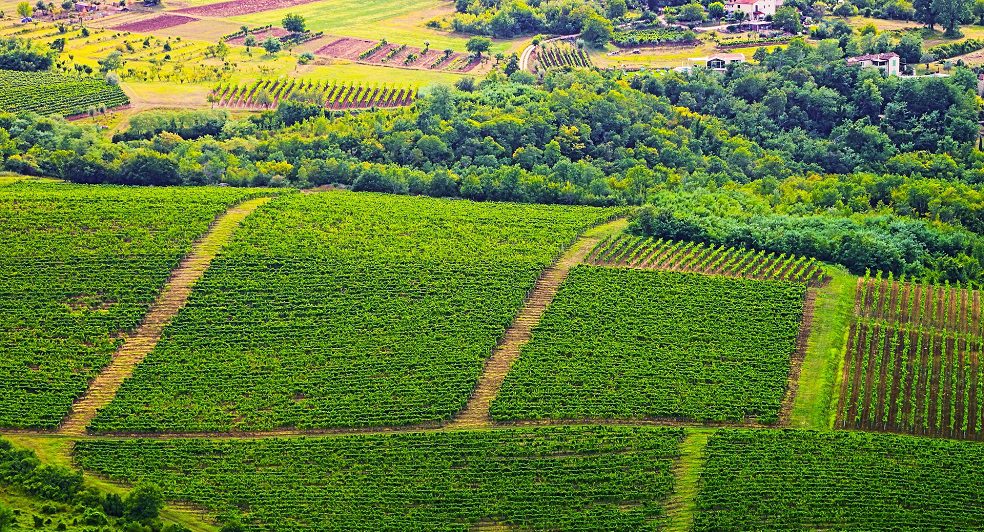
After this, during 610-641, the Croats arrived in Croatia, they picked up on the winemaking traditions from their predecessors and grew the Croatian wine industry, but in the 15th Century, the Ottoman Empire almost ceased the production of wine, it was only priests and monks that were allowed to make wine for their church services.
Then during the 19th and 20th centuries, while under the control of the Habsburg Empire, Croatia’s wine industry prospered. Croatia is a country that has a lot of indigenous grape varieties or at least they did, during the early 20th century Croatia’s vines were hit with phylloxera (a microscopic louse or aphid), native to America, but it arrived in Europe when American Vines were shipped over, these insects can destroy whole vineyards, but it did much worse in Croatia, I’m unsure how many, but this insect even made some of Croatia’s grape varieties extinct, leaving only 130 indigenous varieties.

Now under the control of the Communist Republic of Yugoslavia, wine production continued, but mostly under the control of large cooperatives which focused on quantity over quality, but after the people decided they didn’t want Yugoslavia to be a country anymore, things started to change, the wine industry initially suffered, but after Croatia became an independent country, the wine industry started thriving again, thanks to the smaller independent producers, producing quality wines, allowing the world to see that Croatia knows what they’re doing when it comes to wine.
Croatian Wine Terms
- Vrhunsko Vino – Premium Quality Wine
- Kvalitetno Vino – Quality Wine
- Stolno Vino – Table Wine
- Arhiv – Vintage
- Suho – Dry
- Polusuho – Semi-Dry
- Slatko – Sweet
- Bijelo – White
- Crno – Red
- Rosa – Rosé
I reached out to Dr. Matthew Horkey (ExoticWineTravel) to ask him a few questions on Croatian Wine, he is the co-author of the number one best-selling book on Croatian wine, ‘Cracking Croatian Wine’ if you’re interested in exploring the world of Croatian Wines, he might as well be the No.1 guy to speak to.
Question – ‘To you, how does Croatian Sparkling Wine compare to the rest of the world?’
Dr. Matthew Horkey’s Answer – “Croatian sparkling wine can be absolutely phenomenal. The top producers craft world-class examples. Don’t think biscuit and aged notes like Champagne, think of them as more fruity and unique like the wines of Trento DOC and some of the Cremants coming from the Loire.”
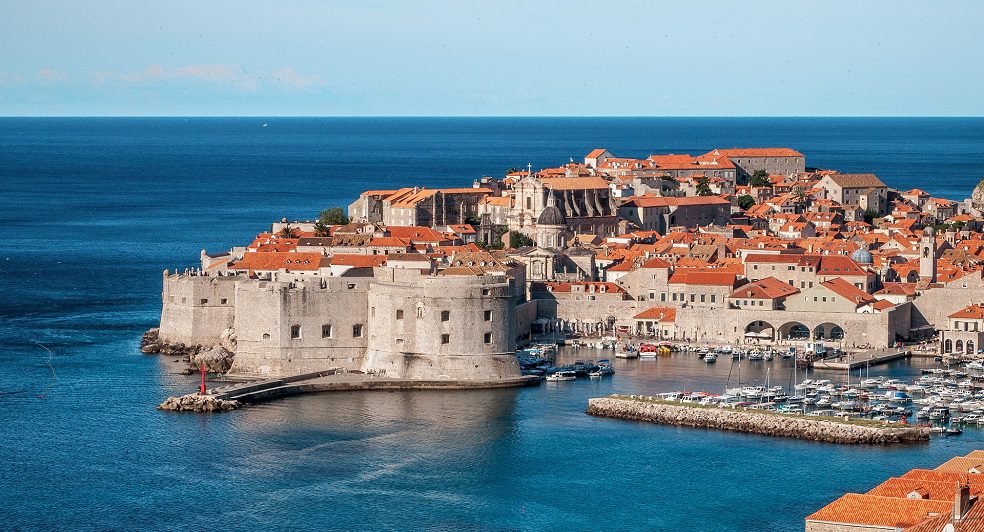
Croatia wasn’t always called Croatia, it only got its name in 1991, it was once called the Kingdom of Serbs, Croats and Slovenes, then in 1929 it was changed to Yugoslavia, after World War II it broke up into a federation of six equal republics, one of them called Croatia, and on the 25th of June, 1991, Croatia declared it’s independence becoming the country we know it as today. Croatia, (although officially called the Republic of Croatia Republika Hrvatska)
Croatia in Croatian would translate to ‘Hrvatska’ the name comes from Medieval Latin Croātia, which came from the native group of Croats.
Croatian as a country looks amazing, of course, the pictures in this article showcase its best angles, but overall, it is a country which you won’t regret travelling to, I asked Dr Matthew Horkey a question about wine tourism.
Question – ‘For Wine Tourism, where does Croatia sit on the map?’
Dr. Matthew Horkey’s Answer – “Croatia has a developed wine tourism market but you shouldn’t expect a lot of bells and whistles. Do expect a personal touch and exceptional hospitality.”

In Croatia, there are 300 defined wine districts, 66 appellations, 16 sub-regions and 4 main regions: the Croatian Uplands; Slavonia and Podunavlje; Istria and Kvarner and the Dalmatian wine region. Their most planted grape variety is Graševina (Welschriesling) which covers around 1/4 of the vines planted in Croatia.
Their wine production is on the smaller side, focusing on quality rather than quantity, the Croatians also drink more of their wines than they export.
Question – ‘Do you think that Croatian Wine (Especially Sparkling) has a big enough presence or do you think there is so much more to be discovered?’
Dr. Matthew Horkey’s Answer – “Croatian wine doesn’t have a huge presence on the export market for a variety of reasons. Almost all the producers in Croatia are small, artisanal wineries. Small production, a high volume of tourists and a voracious domestic market means there are not a lot of wines available for export. The best wines don’t make it outside the country.”
This answer really intrigues me, I was blown away by the quality of the Sparkling Wines from Misal, so the fact that Matthew says the best wines don’t make it outside of the country just goes to show that perhaps, Croatia is sitting on a gold mine of quality wines which are yet to be fully discovered by the outside world.
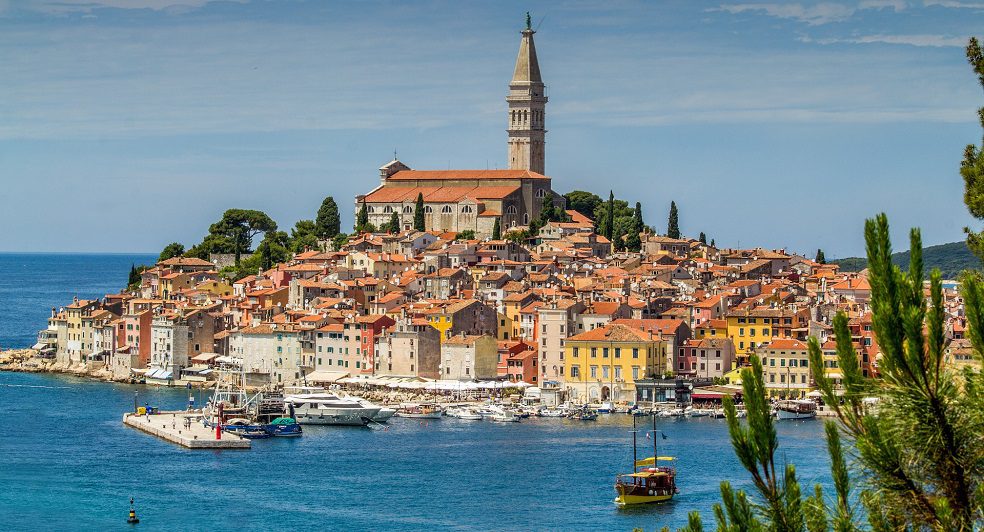
Let’s explore one of Croatia’s Winemaking families.
The Peršurić family is no stranger to making wine, they’ve been making wine for over 5 centuries, it’s their MISAL brand that takes on a younger history, it all started with Dr. sc. Đordan Peršurić, he and his father had been enjoying making good still wines, so in the late 1980s, Đordan decided to start learning how to make Sparkling Wine and by the early 1990s he had produced his first 100 bottles.
At first, this was just a hobby for Đordan, but in 1992 MISAL hit the market, in 1993 he raised the vineyards for MISAL, in 1994 he started the production of MISAL Prestige and MISAL Rosé and in 1998 their wine cellar was built. Throughout the years leading up to now, they continued to release new bottles of Sparkling Wine, buy more vineyards and reconstruct their tasting room.
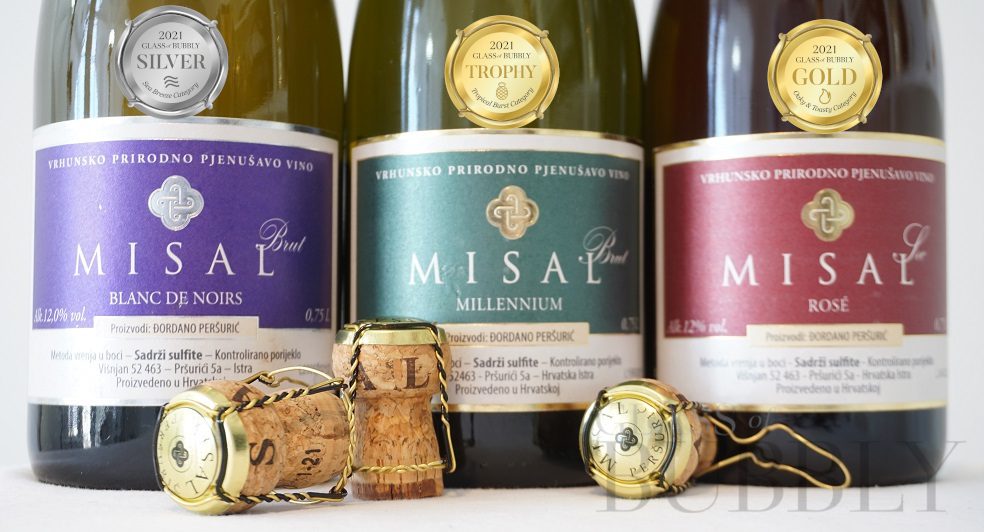
After the passing of Đordan Peršurić in 2005, the winery is now run by his two daughters, Katarina and Ana, they started by managing the winemaking and marketing, but continued learning and picked up the same passion that their father had for the winery in producing Sparkling Wines.
Producing over 40,000 bottles a year, they have a selection of 11 Sparkling Wines, out of which, we’re going to be tasting 3 of them, you can read my tasting notes of each of the Sparkling Wines to see if they fit your palate or you can watch the video tasting, including myself and Christopher Walkey.
Pjenušci Peršurić – Misal Millennium Brut – Croatia
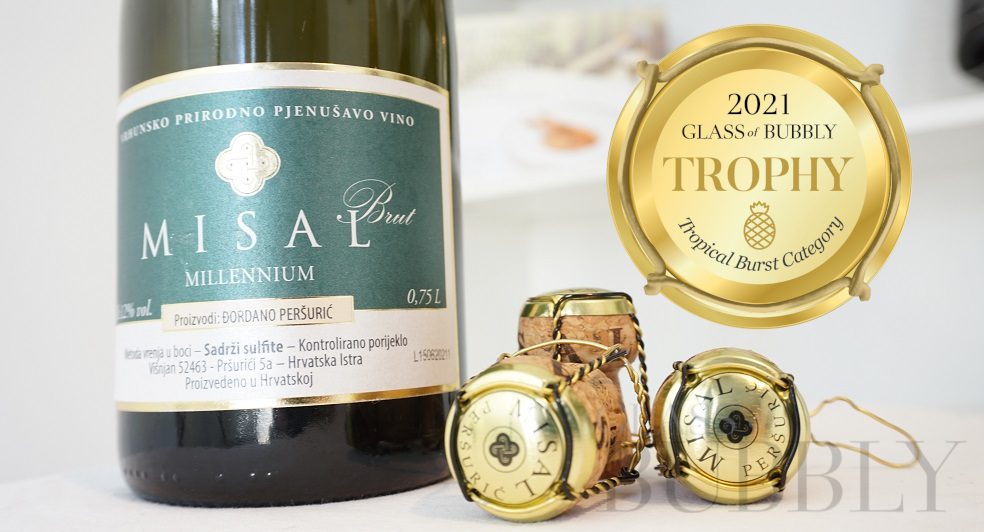
Aroma 👃 “Wonderful creamy banana, pineapple and melon aromas, a perfect example of a Tropical Burst Category, easy to enjoy on a tropical beach.”
Flavour 👅 “Pineapple slices, melon, mango and a wonderful tropical taste.”
This Croatian Sparkling Wine Was The Trophy Winner in the Tropical Burst Category at the Glass of Bubbly Awards 2021
Pjenušci Peršurić – Misal Rose Sec – Croatia
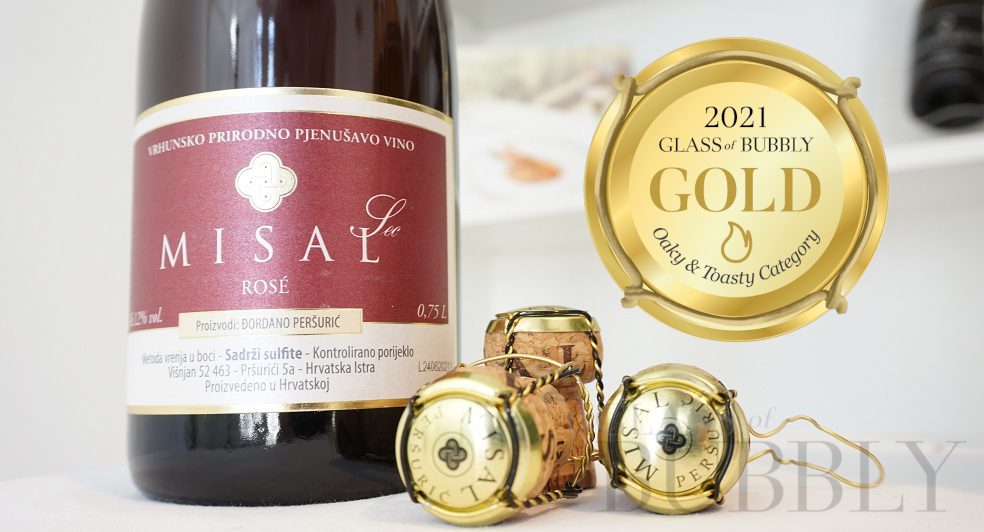
Aroma 👃 “Red berry fruits, red apples, red apple skin and pastry aromas.”
Flavour 👅 “Smooth and silky red apples, red berries, a marvellous experience of rich flavours it’s one that words cannot fully relay, you have to try some of Misal’ Sparkling Wines, they are outstanding.”
This Croatian Sparkling Wine Won a Gold Medal in the Oaky & Toasty Category at the Glass of Bubbly Awards 2021
Pjenušci Peršurić – Misal Blanc de Noirs Brut – Croatia
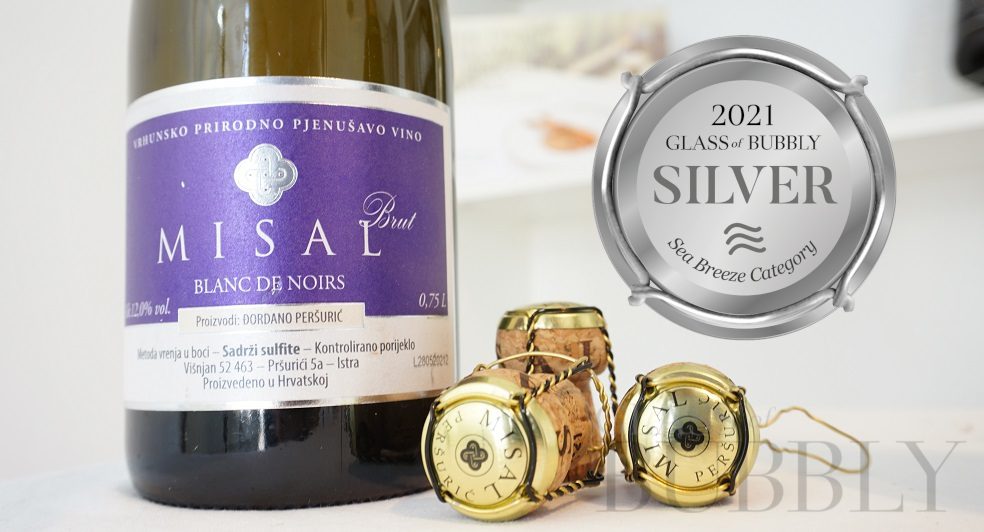
Aroma 👃 “Delicate slick raspberries, blackberries, blueberry and more berries all combined together perfectly on the aroma.”
Flavour 👅 “Similar to the aromas, berries, blackberries, with hints of pastry and saline in flavour.”
This Croatian Sparkling Wine Won a Silver Medal in the Sea Breeze Category at the Glass of Bubbly Awards 2021
Thank you to Dr. Matthew Horkey for answering my questions in this article dedicated to Croatian Sparkling Wines, he has a very engaging YouTube channel called ExoticWineTravel where he showcases wines from across the world, including Croatia.
Information Credit: Office of the Historian – Wikipedia – Croatia History
Image Credit: Croatian Country – Croatian Vineyard – Croatian Vines – Croatian City – Croatian Port – Croatian Kings Landing
![]()
Oliver Walkey
Champagne and Sparkling Wine Writer, Focused on Bringing the Exciting and Fascinating World of Bubbly to You.
